Dream for Single Stage To Orbit
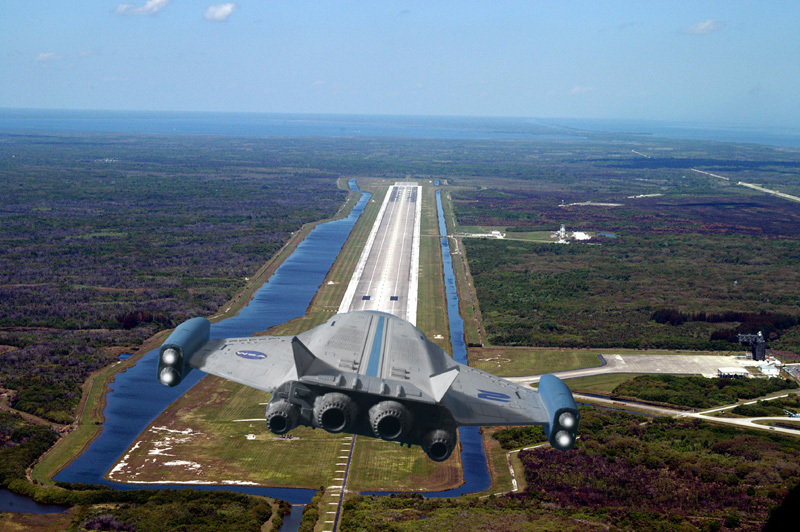
One of the options for the dream of facilitating access to space is Single Stage To Orbit (SSTO). In theory, as usual, everything is beautiful - elegant ships accelerate along the runway, go to the sky, accelerate to cosmic velocities, go into orbit, unload the payload, brake, and land on the same runway. In reality, again, as usual, various problems, so unnoticeable at the stage of dreams and preliminary design, led to the fact that in the entire history of astronautics such devices had not yet flown. In this post I would like to talk about why this happened. And we will fly to Skylon in Orbitter.
Restore order in the definitions
First of all, it is necessary to say that the term “SSTO +” is usually understood as “SSTO + reusability”. Or "SSTO + reusability + wings (aircraft takeoff / landing) + oxidizer from the surrounding air." The fact is that to create a single-stage rocket, which would take a small load into orbit, now does not amount to special difficulties. Even at the dawn of the space age, this was possible. The first stage of the Titan-2 ICBM could bring a very small payload into space, while the Atlas ICBM was “almost-SSTO” structurally. But the creation of a one-time single-stage booster does not make sense, because it will be very irrational. A single-stage rocket would have a mass of 100-150 tons, and in this version would output no more than a ton. At the same time, a two-stage rocket with the same PN will be stored in 50-70 tons. These are interesting features of the Tsiolkovsky formula.
Therefore, various SSTO projects almost always meant reusability. Designers hoped to gain on reducing operating costs that was lost on the inefficiency of one stage. Quite often, the device was winged to lift the wing helped in flight. Also quite often on the device were quite unusual engines, using the unique characteristics of which, the designers hoped to design an effective and profitable carrier.
Some theory
Consider the various ideas proposed in terms of the advantages and disadvantages of each solution.
Reusability
Reusability is not itself a panacea. Reducing the cost of building new copies of the carrier does not necessarily compensate for the cost of preparing the carrier that returned from the flight for the next flight. One of the posts of the cycle “facilitating access to space” tells a sad story about the program “Space Shuttle”, the economic study of which turned out to be incorrect.
')
Wings
The wings for the spacecraft are also a double-edged sword. On the one hand, you can use their lift and make a controlled landing on the airfield. On the other hand, the wings are dead weight outside the atmosphere (and the atmosphere is rather dense for support ends very quickly), you need to spend extra fuel on their acceleration and deceleration along with the device, and you need to spend extra weight on the insulation of the wings so that they won't burn in the atmosphere. In addition, the winged vehicle will accelerate along a flatter trajectory than a vertically launched rocket, which will lead to additional losses.
Use of atmospheric oxygen
It is a logical idea - why should we carry an oxidizer with us if we can take it from the atmosphere during the flight? But the reality again makes its price. Air-jet engines are each effective in their own speed range, putting many different engines on one machine is irrational. And the epic complexity of the multi-mode SR-71 engine clearly says that at the current level of technology this is also not an option. You can still cool the air (in the limit - to liquid oxygen), but there are some pitfalls here as well. The refrigeration unit places high demands on materials, is a mass useless in space, something needs to be done with nitrogen from the atmosphere, and cooling also requires energy, and this energy must be carried in some form with it.
Story
Atlas
Historically, the Atlas ICBM was the first and only SSTO sold in metal. It was built according to the “one-and-a-half” scheme, and during the flight it dropped the tail section with two side engines, continuing the flight on the remaining central one.
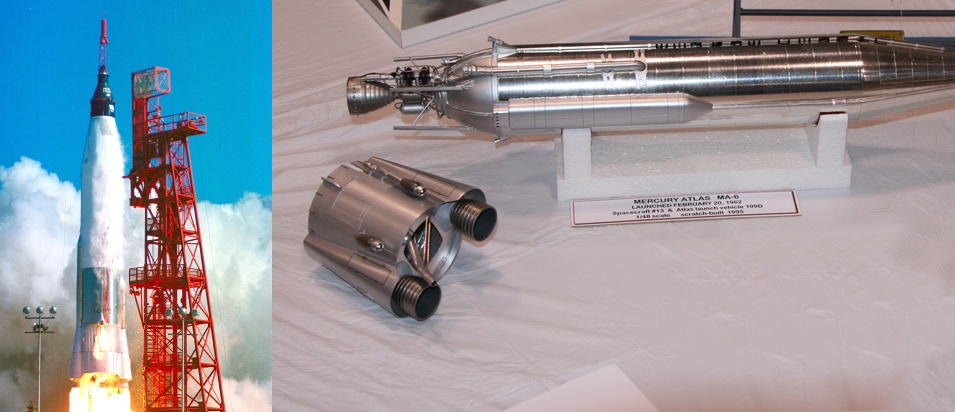
In this version, the launch vehicle could put about 1,400 kg into orbit with a launch mass of 120 tons. Later on, the acceleration units (Able, Agena, Centaur) were placed on top of the rocket, increasing the payload, but, of course, having lost the right to call it SSTO.
What is curious, according to the same scheme was a project based on Saturn-V. Apparently, it was such a “downgrade” too powerful for the near-Earth orbit of “Saturn-V”. Theoretically, it would still be possible to save the tail section, but it seems that no serious study of this was done.
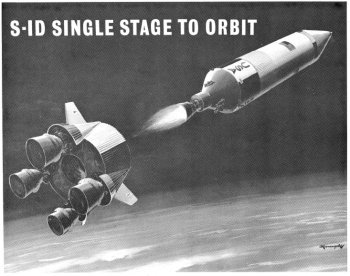
Aerospaceplane

The project , developed from 1958 to 1963. It was equipped with different engines, from engines with the liquefaction of atmospheric oxygen to direct-flow nuclear. For the variant with the liquefaction of atmospheric oxygen, the following scheme acted: atmospheric air flowed into heat exchangers in which the fuel was circulated - liquid hydrogen. They extracted oxygen from the air, which was then fed into the buffer tank, from which it went into the engine. In 1960, a demonstration engine was created with a 12 kilogram load, which successfully worked for five minutes. Due to the novelty of technical solutions, the project was quietly closed in 1964.
Shuttle Alternatives
The beginning of the development of the Space Shuttle has spawned several alternative projects, among which were several SSTOs.
Chrysler SERV
Source 1 , Source 2
A very unusual looking reusable SSTO project with vertical starting and landing.
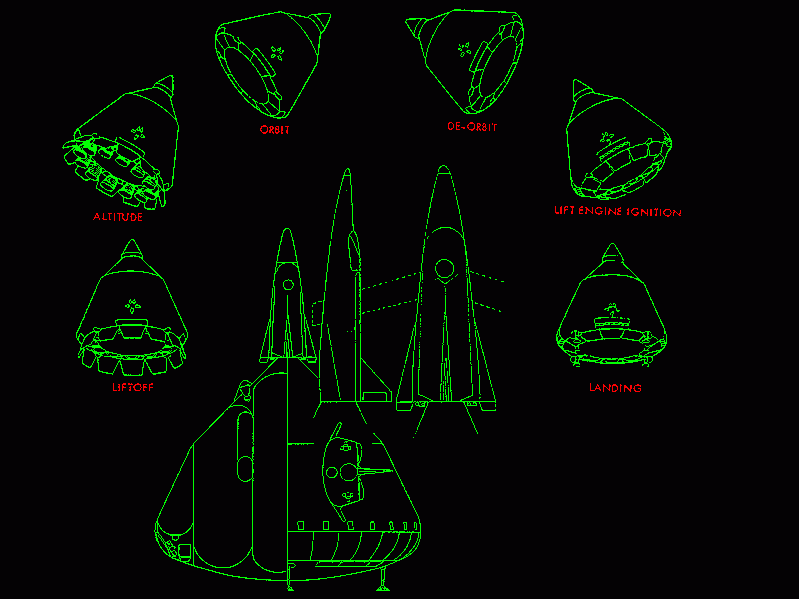
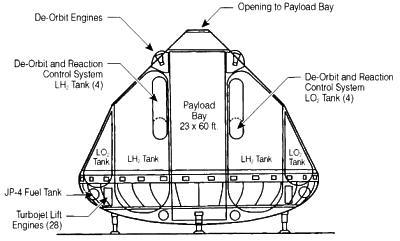
The total mass of 2040 tons, PN at low earth orbit 52.8 tons
Martin Marietta Langley SSTO
A source

Gross weight of 1925 tons, PN on LEO of 29.5 tons. It is puzzling where they are so many engines, and different?
Boeing Langley SSTO
A source
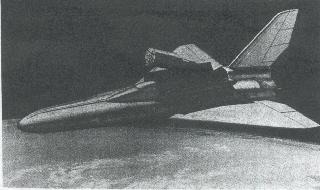
The project was a lightweight version of 1180 tons and heavy 3438 tons.
Boeing LEO VTVL SSTO
A source
Another wonderful unit with vertical takeoff and landing. Starting and landing sites were to serve special artificial lakes with a diameter of five kilometers.
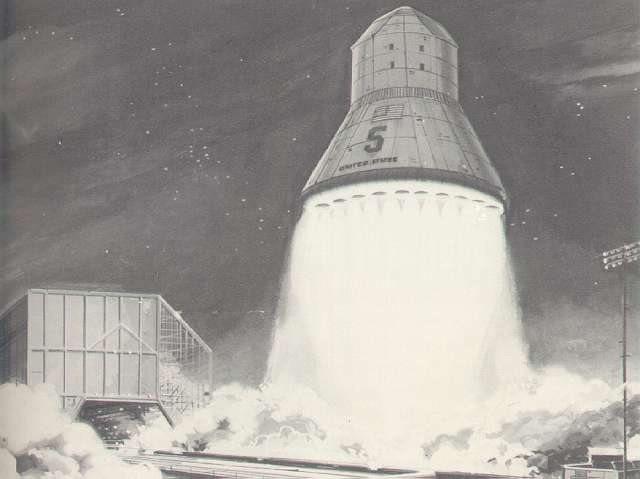
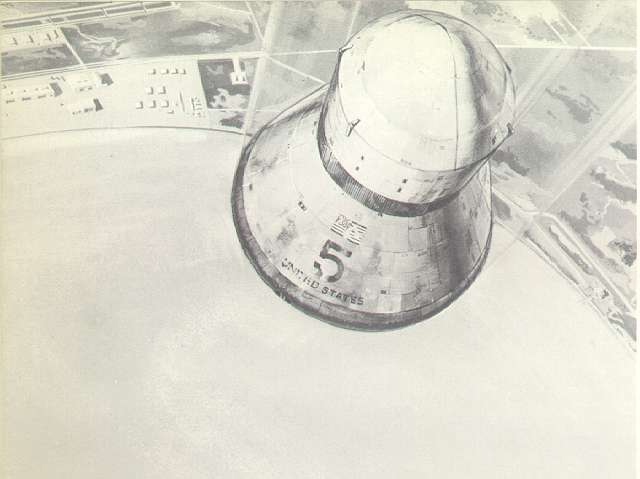
In various embodiments, the starting weight is from 5400 to 10300 tons.
HOTOL

Against the background of the triumph of the gigantomania of the 70s, the HOTOL project looked practically realizable. The implanted space plan was built around the unique RB545 engine. About the engine, little is known, for some reason it is classified. But the principle of operation is well known; this is the idea of using liquid hydrogen to cool atmospheric air and extract oxygen from it, which is already familiar to us.
The project was closed in the 90s, when it became clear that the rear engine position shifted the center of mass back, which requires shifting the maximum far back center of pressure to ensure the stability of the flight. In short, the design made sense to start anew, and it seemed that there was no longer any money or desire.
"Sivka" Feoktistov
We also thought about SSTO. For example, the engineer and cosmonaut Feoktistov developed the Sivka rocket project , weighing about one and a half thousand tons. The rocket had to take off vertically and land vertically.
X-30

In this project, we decided to use a new type of engine - hypersonic direct-flow air-jet. The heat arising from friction against the atmosphere was supposed to be collected by the coolant under the skin and transported to the combustion chamber. This approach promised to make available a speed of 20 M, and this is not far from the first space one. In various ways, the X-30 was designed as an ultra-high-speed passenger liner or carrier of spacecraft. The gross weight was 136 tons. As the fuel was supposed to use a mixture of liquid and solid hydrogen (slug). In 1993, the design was halted due to budget cuts and technical concerns (for example, how would the machine, which has only one engine running at hypersonic speeds, take off on its own?)
DC-X
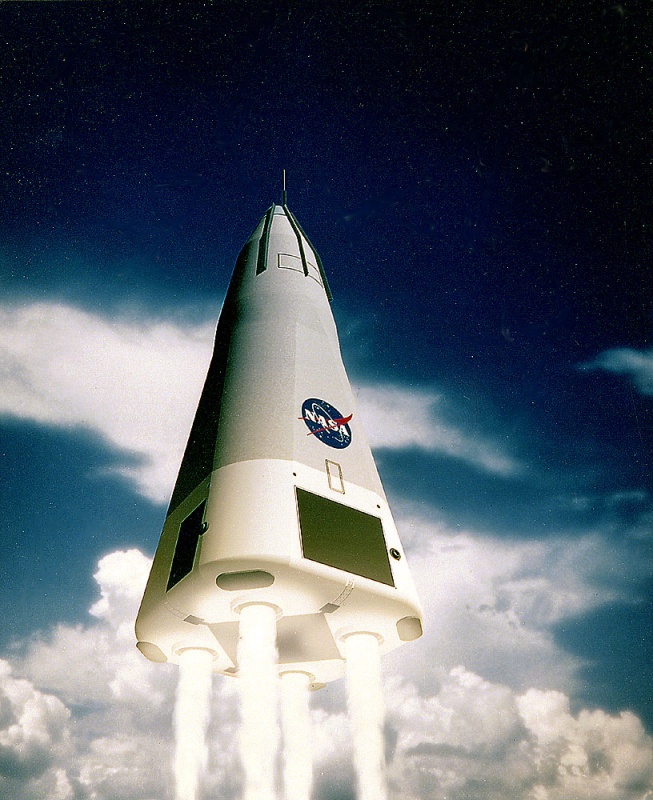
The prototype (scale model) of the SSTO vertical take-off and landing vehicle. Successfully tested in the 90s, like previous projects, fell victim to funding cuts. There are videos and successful flights and accidents during landing:
VentureStar
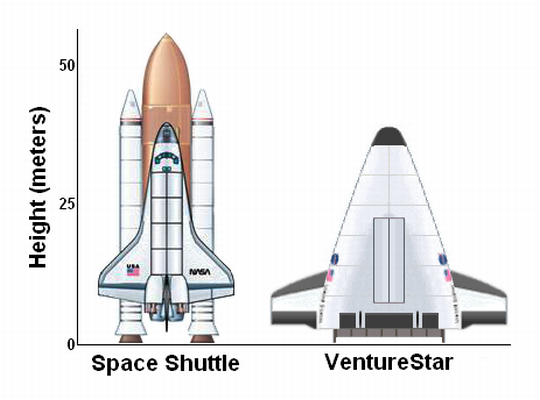
90s, vertical takeoff, horizontal landing. The prototype, the scale model X-33 , was stopped in 2001 due to problems with the design (microcracks in the tanks of liquid hydrogen), problems with stability and excess weight, and, again, a reduction in funding.
Roton

SSTO using helicopter blades. The blades, driven by jet engines at the ends, should have been used as the main engine during takeoff, operated as a compressor at the homing and slowed down the device by autorotation on landing. The prototype with blades, without engines and thermal protection, was successfully flying up, but the company went bankrupt in 2001.
Aquarius

The implementation of the concept of “big simple cheap rocket”. One stage, according to the project, up to a third of emergency starts are permissible. The starting mass is 130 tons, PN 1 ton, the rocket is designed as simple and cheap as possible - one engine, pressure feed, except that the use of liquid hydrogen is somewhat out of the concept. The developer company applied for the COTS competition (“Commercial Orbital Transportation System”), the application was not selected, the project was closed.
Skylon
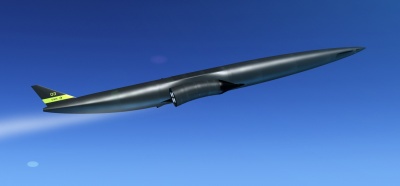
Probably the only living project right now. Developed in Britain, apparently, by people related to HOTOL, because it bears the same principles - horizontal start and landing, wings, engine with oxygen cooling from the air.
Judging by information from the company's website , in the summer of 2013 they received £ 60 million from the British government, and signed a contract with ESA for 1 million euros to study the orbital transportation system. Parts of the engines are tested, the engine has not yet been fully tested. Accordingly, until the work is demonstrated (and the calculated characteristics of the draft, fuel consumption, etc.) are confirmed, it is too early to talk about any future project. Unfortunately, knowledge of the history of various projects SSTO sets up a pessimistic mood.

Engine with explanations. Material from the site of the company.
Orbiter
In the virtual world, on the contrary, everything is wonderful here. In particular, there is an addon with Skylon for Orbiter. We will need:
By the way, enthusiasts from the VC of the Orbiter group did the Russification of the program (unfortunately, without the MFD). If you wish, here is the link .
After installing all this stuff, run the Skylon C2 script.
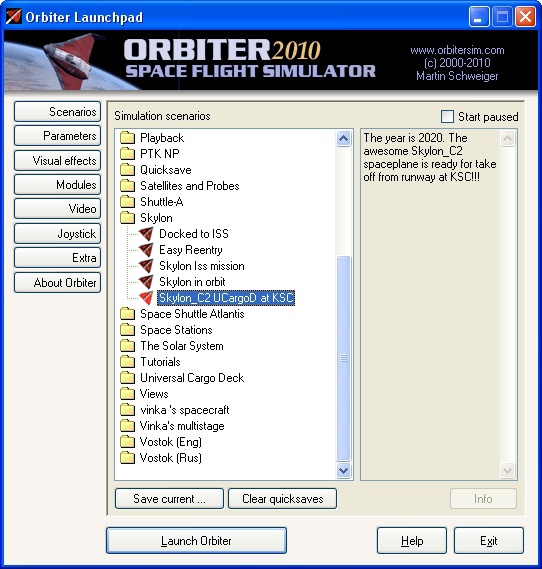
Our task will be to reach low earth orbit (200x200 km) and controlled landing at Cape Canaveral. It is assumed that you are already familiar with the Orbiter from my previous posts.
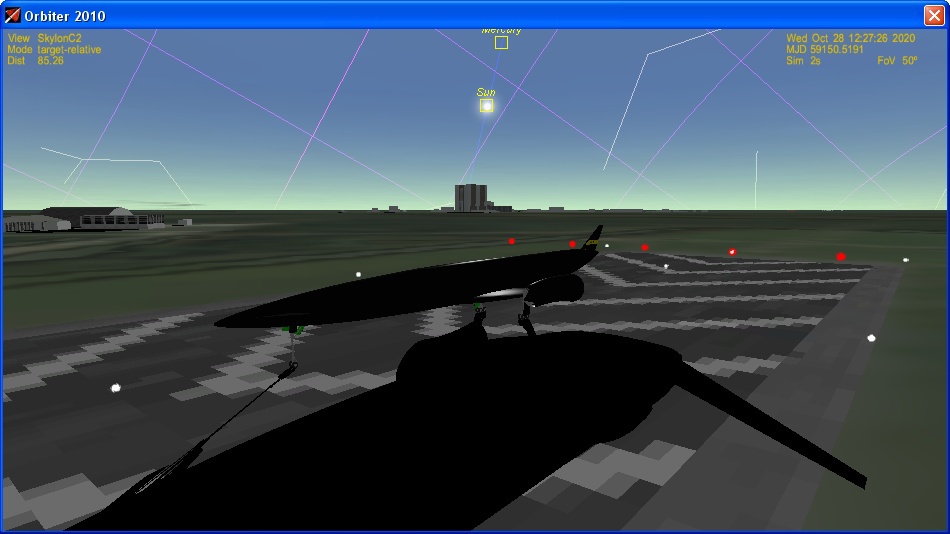
Switch to the view from the cab, set the trimmer all the way up, and turn on the engines (standard button, Num + ). Skylon will not be able to detach itself from the strip, at its end it is necessary to help takeoff by pressing Num 2 . Immediately after takeoff, we turn to a course of 90 degrees.

The machine holds the course steadily, after the turn does not require special intervention in the management. Trimmer is enough for a steady climb. The fuel in the jet-engine mode will be enough for approximately 27 km altitude and speed of 5 M. When the fuel remains slightly, we switch over F3 to the “second Skylon” - “Skylon_rocketmode”. Turn on the main engine there.
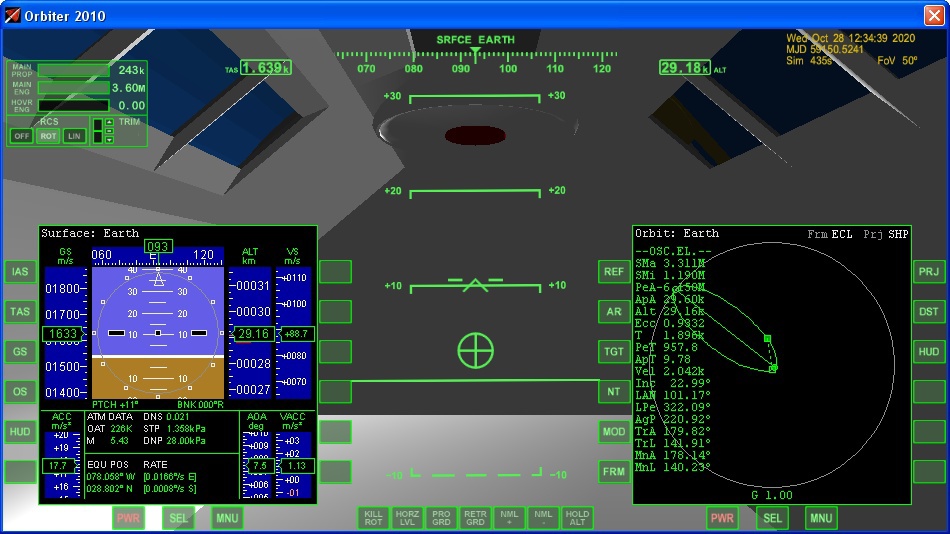
You can switch back to “Skylon C2” and close the air intakes on the Left Shift - Num 1 , but this is purely for beauty. We continue to accelerate until the height of the apocenter is 200 km. Turn off the engine.

We are waiting for the apocenter point, we occupy a position along the orbital velocity vector, we give an impulse for raising the pericenter.
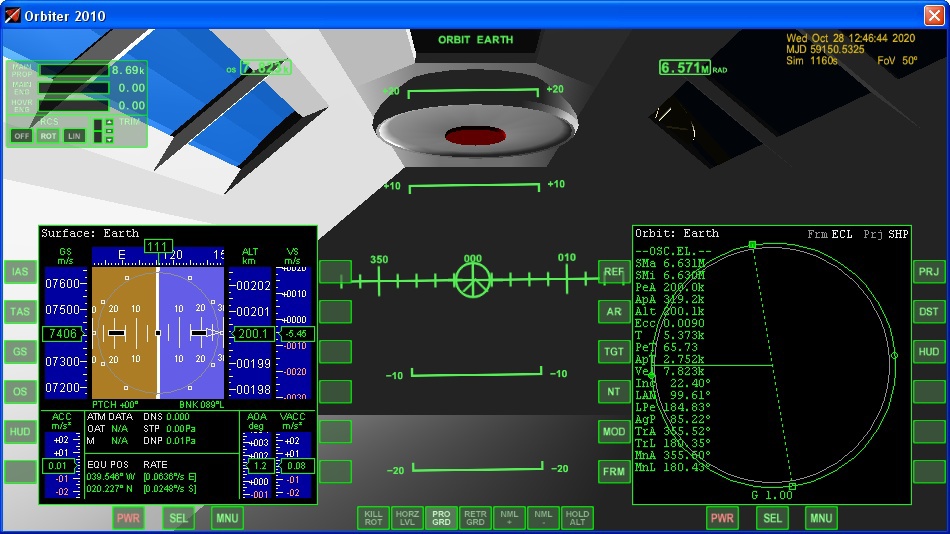
We are in orbit!
Unfortunately, there is not enough fuel to fly to the ISS, so we turn on the music and begin to prepare for landing.
I recommend watching the video at full screen sometime later.
Unfortunately, for the ship “Skylon_rocketmode”, the MFD card is lying godlessly, so you need to switch to “Skylon C2”. Or just to know that from the first turn we have enough horizontal maneuver for landing. The procedure is standard - we brake at a distance of 17,000 km until the MFD Aerobrake shows a shortage of 1000-2000 km. Brake carefully, engines become too powerful for an empty Skylon.
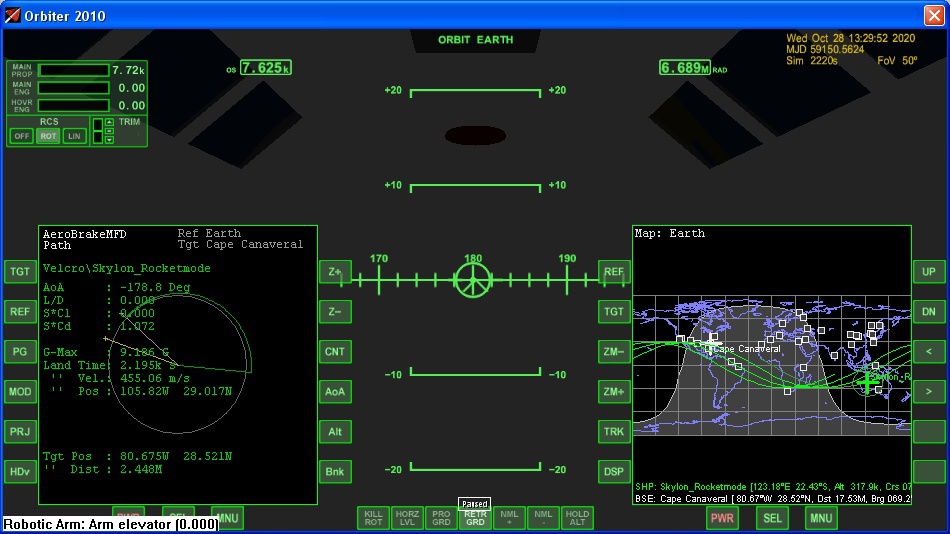
Orientation engines normally work only in “Skylon_rocketmode”, therefore up to ~ 100 km we support orientation by them.

Now our task is to set the trimmer up and walk around with a snake, maintaining the speed of descent at about 100 m / s, quenching the speed and tracking so as not to move away from the spaceport. Virtual Skylon behaves very obediently in the atmosphere, I practically forgave the developer for the need to switch between the two ships.

Notice which snake is drawn by Aerobrake MFD
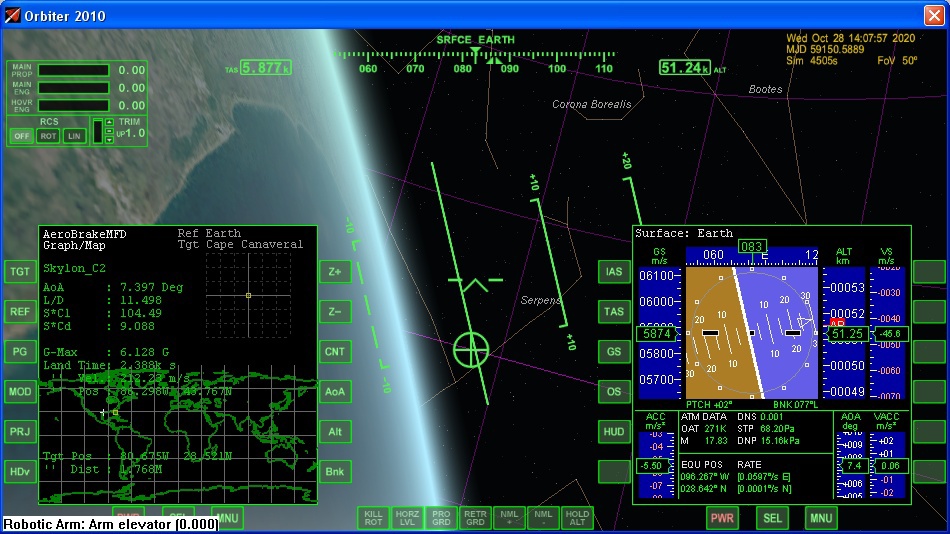

Wings make landing really manageable. It is necessary to monitor the vertical speed, the direction to the landing point, the height and speed of flight. We continue to go snake:
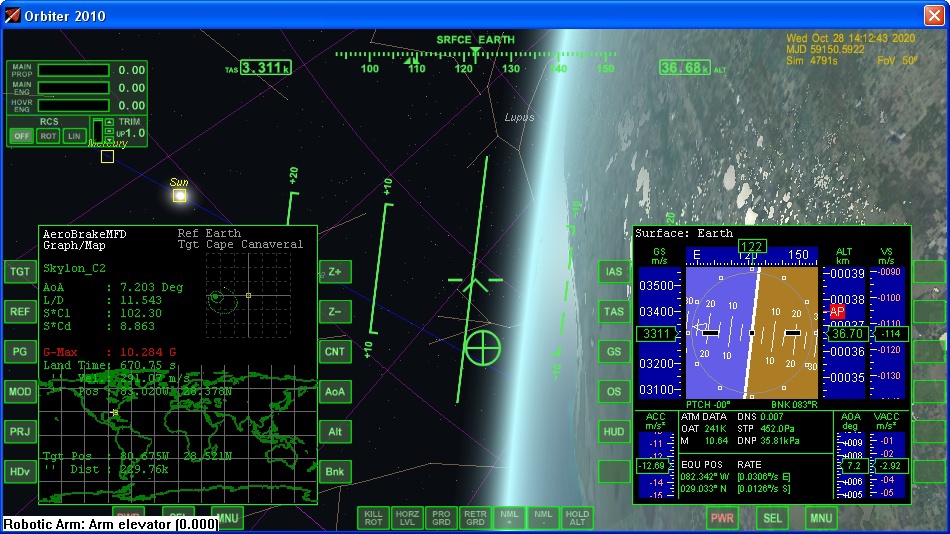
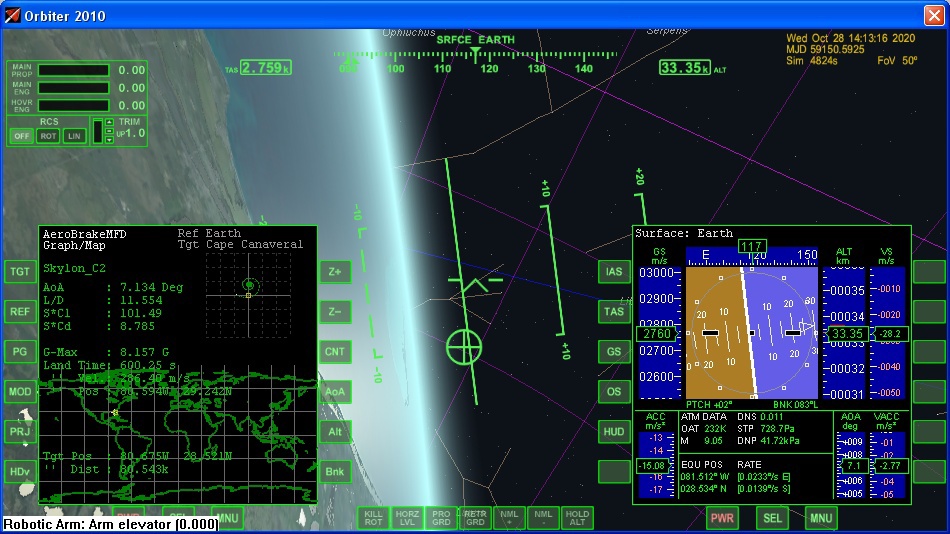
Turn around for the spaceport
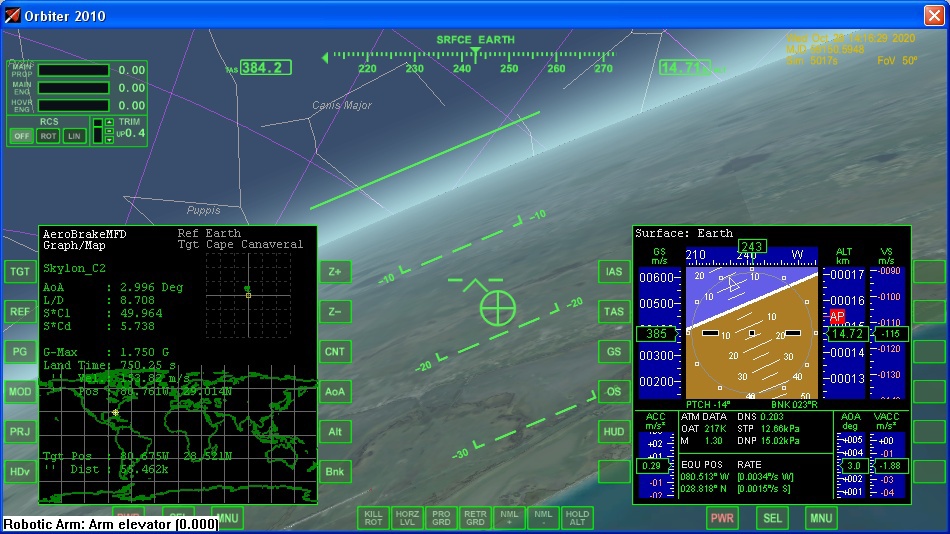
The band across, but it's not scary. If you played flight simulators, you know that you need to aim a little bit away from the runway.
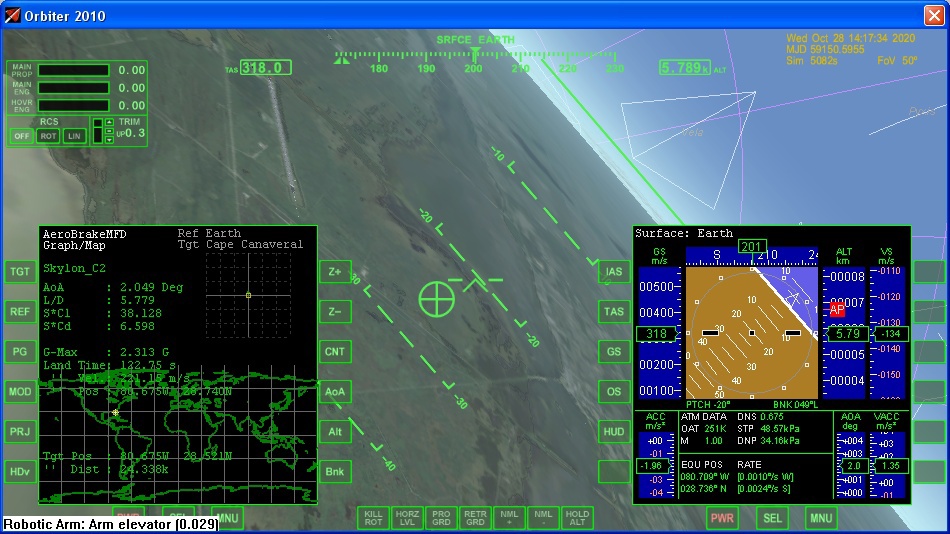
Well, the strip is almost at the rate
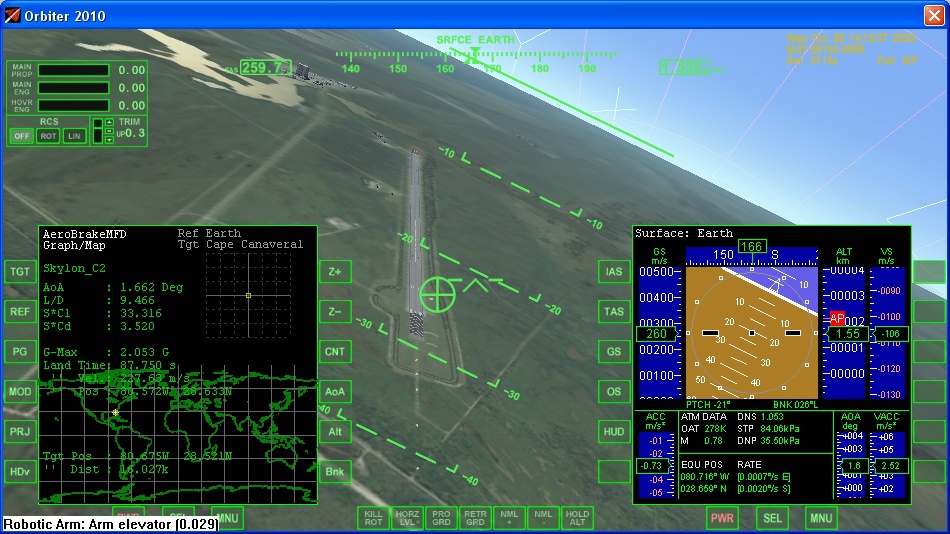
Don't forget to release the chassis with the G button and sit down.
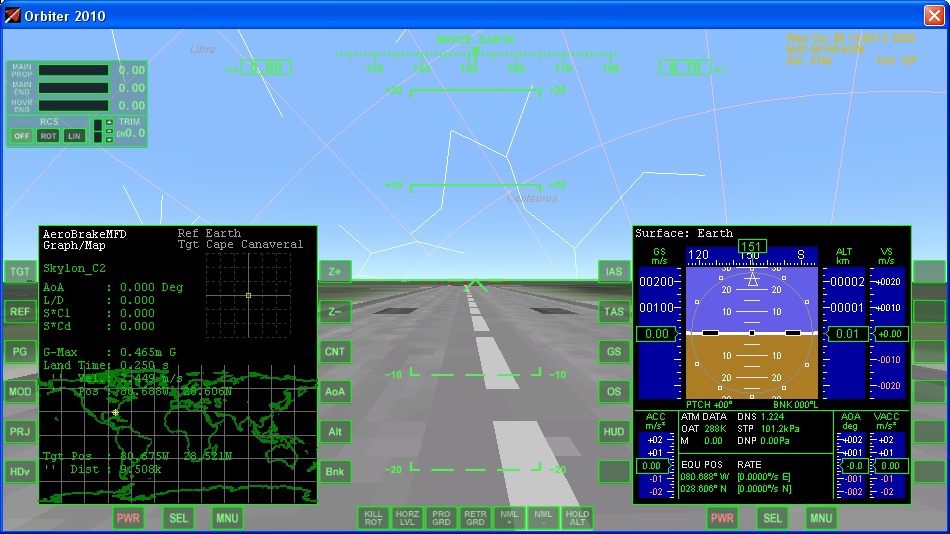
There is a landing!
For navigation: posts on the "Facilitation of access to space" tag, posts on the "Orbiter" tag
Source: https://habr.com/ru/post/222395/
All Articles